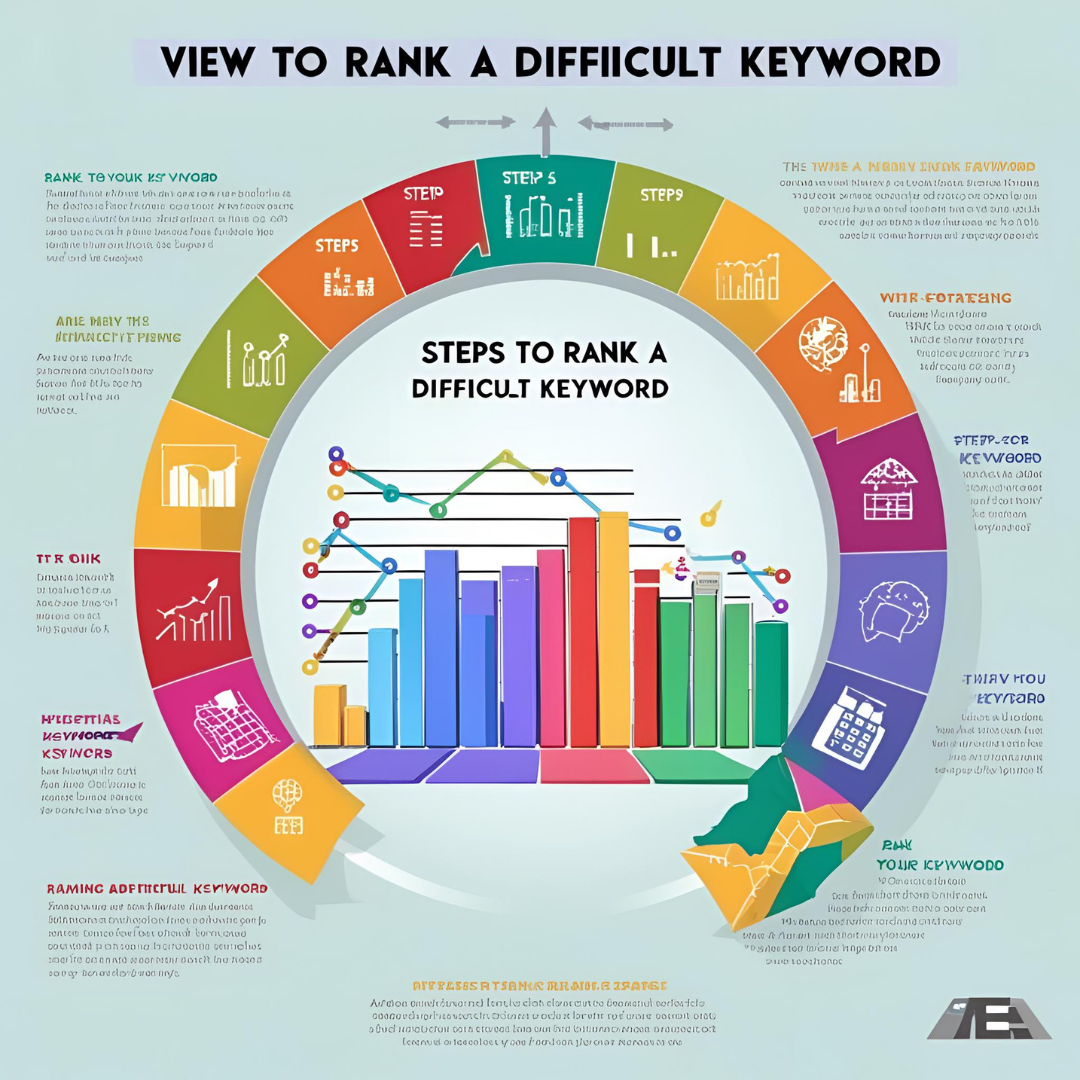
Ranking a difficult keyword with low search volume and increasing website traffic through blog posting requires a strategic content approach. Here’s a step-by-step guide:
1. Choose the Right Keywords Strategically
Since you’re targeting a difficult keyword, consider:
- Long-tail Variations: Find less competitive, related phrases that still match search intent. Example: Instead of “digital marketing,” use “best digital marketing strategies for startups.”
- Semantic Keywords: Use LSIs (Latent Semantic Indexing) to cover related terms.
- Question-based Keywords: Use “People Also Ask” (Google) and answer common queries.
2. Optimize Blog Structure for SEO
- Use the Target Keyword in Key Areas:
- Title (H1) – Make it compelling.
- URL – Keep it short & keyword-rich.
- Meta Description – Click-worthy and keyword-focused.
- Subheadings (H2, H3) – Structure content well.
- First 100 words – Mention keyword naturally.
- Image Alt Text – Helps Google understand images.
- Content-Length: A difficult keyword requires in-depth content (1,500–2,500 words).
- Internal Linking: Link to related blog posts to boost engagement.
- External Links: Link to high-authority sources to improve credibility.
3. Create High-Quality, Engaging Content
Google ranks helpful, user-focused content. Ensure:
- Value-Driven Content: Address pain points with unique insights.
- Engaging Format:
- Lists (Top 10, How-to, Ultimate Guides).
- Infographics, Videos & GIFs.
- Real-Life Case Studies.
- FAQs to cover long-tail searches.
- Optimize for Readability: Use short paragraphs, bullet points, and visuals.
4. Use Content Promotion to Drive Traffic
Writing a great blog isn’t enough—promote it aggressively:
- Social Media Sharing – LinkedIn, Twitter, Facebook groups.
- Reddit & Quora – Answer questions, subtly linking your blog.
- Medium & LinkedIn Articles – Republish with backlinks.
- Email Newsletter – Share with your subscribers.
- Influencer Outreach – Ask industry experts for quotes, and they may share it.
5. Build Backlinks to Increase Authority
- Guest Posting – Write for reputable sites linking back to your blog.
- Skyscraper Technique – Improve an existing top-ranking post & reach out to linkers.
- Broken Link Building – Find broken links and offer your content as a replacement.
- HARO (Help A Reporter Out) – Contribute to journalists & get high-authority backlinks.
6. Improve Dwell Time & Reduce Bounce Rate
Google prioritizes blogs that keep users engaged:
- Embed Videos: YouTube videos increase dwell time.
- Interactive Elements: Quizzes, polls, and calculators.
- Strong CTA: Guide users to explore more blogs or sign up.
7. Monitor & Optimize Performance
Use tools like:
- Google Analytics – Track traffic & engagement.
- Google Search Console – See ranking improvements.
- Ahrefs/SEMrush – Analyze keyword ranking and backlink growth.
Final Tip: Create More Content Around Your Keyword
Once your blog ranks, reinforce it with related blog posts, pillar pages, and topic clusters. Interlink them to build authority.
